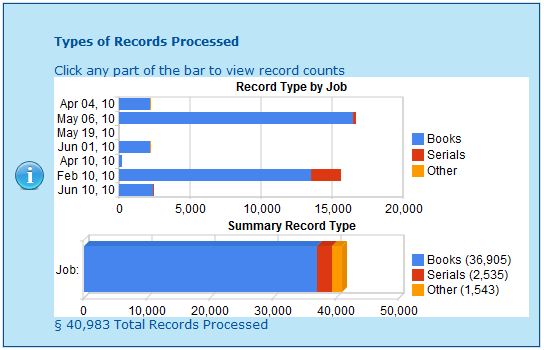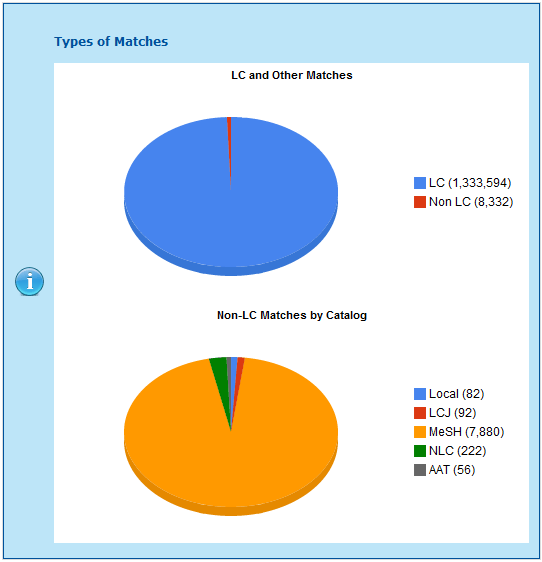Any time we process a file for your institution, we generate a Statistical Summary report. Within this report, we list match-rates, types of records processed, as well as the number of fields changed during processing. While this is all well and good, as soon as that report is sent out to you, those statistics have been forgotten.
We thought it would be a good idea to keep you informed of some of those statistics on a regular basis, all completely tailored to when you send us files for processing. And we wanted to do this in a graphical way so that you’re not just looking at lists of numbers and confused as to their relevancy to your records.
As we started planning on what to do with the statistics, we realized early on that not everyone goes through our website to process their files. Some of our clients use external FTP servers, while some use the website. We never want our customers to feel left out on any functionality we have implemented.
Whenever a file is submitted to Backstage for processing, we keep track of certain statistics within our tables. We have to keep track because this is how we generate that Statistical Summary report that we deliver for base files, ongoing current cataloging, and samples. It doesn’t matter how the file reaches us (website, ftp, email, etc)—once we process it, we keep track of the data.
This statistical tracking helps us determine the busiest times of the year and how we should structure the time on our side to meet the expectations on your side. We also realized that this could be a useful tool for you and your staff to track the trends in your own processing. Throughout the year, how often do you send in files for processing? What kinds of match-rates or types of records do you usually see?
We have created two sections for you:
- Record Statistics
- Match Statistics
For Record Statistics, we’ll show you how many books, serials, and other types of records were processed:
Of those records, how many were changed vs unchanged?
We’ll also plot how many records you sent throughout the year:
We think it makes sense to only include months where you send us bib files to process. Each part of every graph has parts that can be clicked to determine more information, or isolate that part of the process for you.
With Match Statistics, we go a step further than our Statistical Summary report and tell you about the kinds of matches you’ve received on your records:
Finally, we wanted to also show you how many of your headings (1xx, 6xx, 7xx) found full or partial matches, as well as the number of unmatched headings:
Over the next few weeks, we plan on putting this information in place for all of our clients. Whenever you log into our website to view your profile or current jobs, you can also view your stats. Again, it doesn’t matter whether you send us your bibs through the website, ftp server, or email—once we process them, those stats will be added to your stats page.
As a bonus to those clients that do send us their files through the website, each one of those website bibliographic jobs will have its own set of graphic statistics as well.
We hope this information gives you the edge you may need for your staff. As always, feel free to let us know if you would like to see other statistics.
Tags: Announcements, Authority Control, Reports




